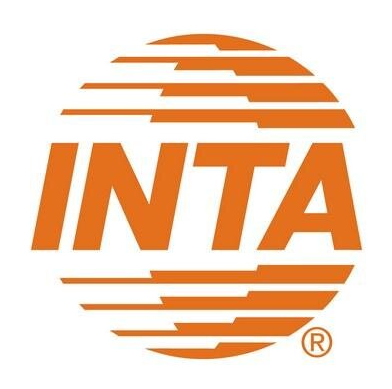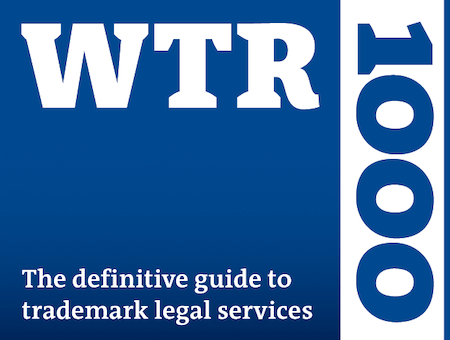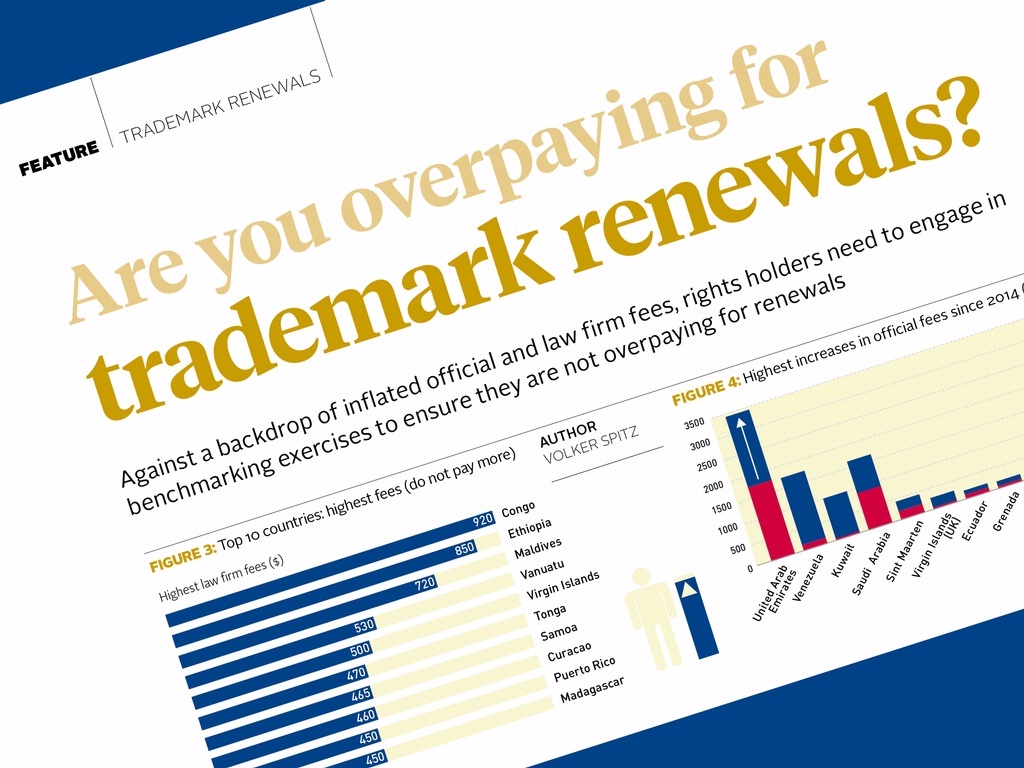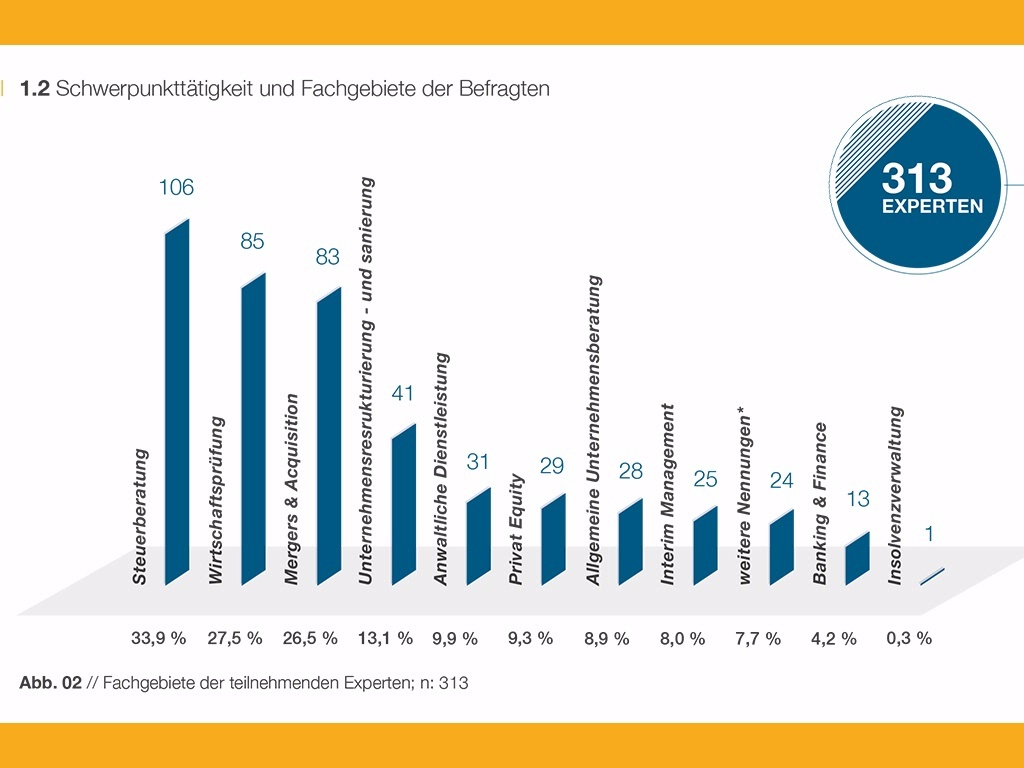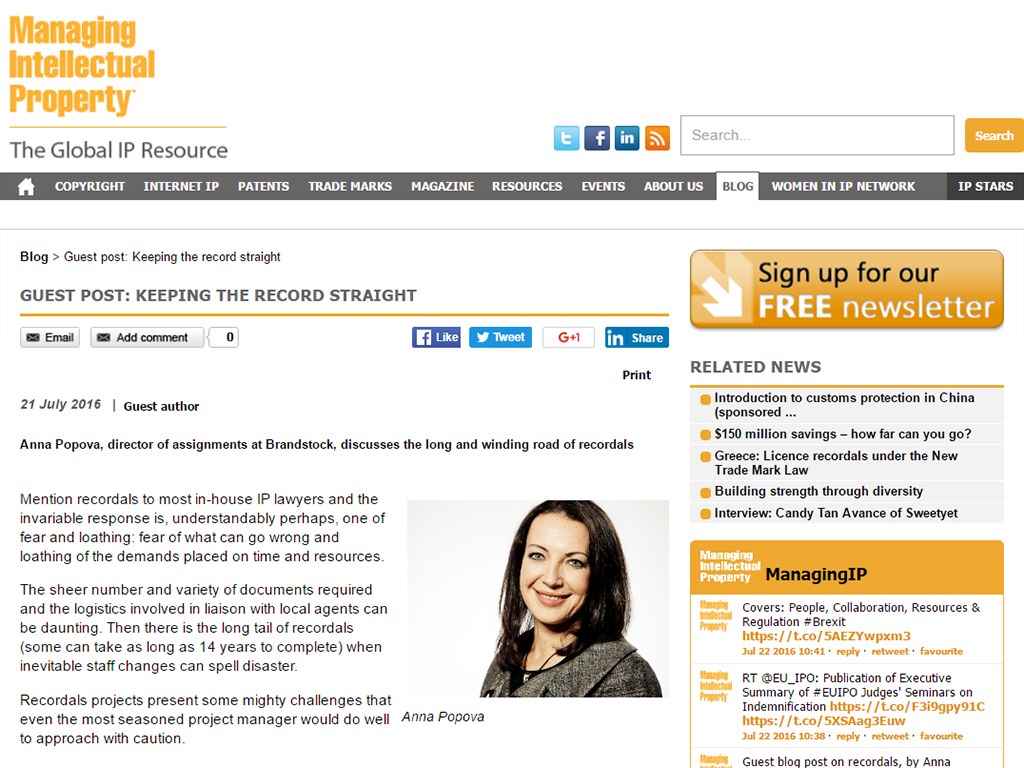By Stefan Ruhdorfer, Director Domains & IP Benchmarking, Brandstock
Unlike Trademarks and other registered IP rights, domain names are so quick, easy and inexpensive to register. This means that domains offer almost instant gratification which can and does lead to unnecessary, and eventually costly, proliferation.
Domains have so many applications and they are important to different functions in the business in subjectively different ways: marketing departments generally want them as a means of attracting online traffic; the IT function want them to be under control in order to ensure and manage access to sites and content; the IP team want domains that work alongside the trademark portfolio and provide additional protections against infringement. It falls to the IP function to attempt to balance all interests without unduly constricting the needs of any.
Since the establishment of domain names, the internet has undergone enormous change. The steady release of new generic Top Level Domains (new gTLDs) along with technical and legal developments are not only increasing complexity but also changing the entire internet landscape as we know it. At the same time, experience has shown that many corporate domain portfolios naturally proliferate over the years as a corporation grows, develops new brands and acquires new businesses; the resulting mass of domains becomes unwieldy and hard to manage well.
The truth is that you can just muddle along and that it doesn’t matter how well your domain portfolio is managed, until it does matter. There are various ways in which domain names can become a very real problem such as: when you need a domain that you have assumed would have been registered and it is not available; when a domain needs to be transferred and the (group) company that owns it no longer exists; or when a domain dispute has been mishandled because everyone thought someone else was dealing with it.
Decentralized management creates more risks for your portfolio and makes it more difficult to manage potential weaknesses. More than 20 years’ experience of managing domain name portfolios of all sizes has shown us that centralization of portfolio management under one professional registrar who works closely with all relevant stakeholders significantly increases the transparency of our clients’ portfolios and vastly improves the degree of control.
If your domain portfolio has not been reviewed for some time then it would be better to do so now than be forced to do so by a crisis. So, what does a review involve? The answer may seem rather obvious; however, the devil is in the detail and achieving the right outcomes relies on taking the right approach. This is not a ‘cookie cutter’ exercise. Each IP owner’s domain name management requirements are specific to their brand, trademark and IT strategies and policies. It is therefore important to take a holistic approach which takes all points of view taken into account. Four basic steps should be considered:
Conduct an audit
An audit gathers relevant information and helps you understand precisely what domain names you currently have. It also answers critical questions, including: who has registered the domain names? Who are the owners of the domain names? And, is the information in the Whois record harmonized?
Gap analysis
From the audit results gaps in domain name registration can be identified. A good analysis addresses unauthorized third-party registrations, and provides details of the registrant including, if available, the offending registrant’s UDRP and case law history in domain matters. A gap analysis should also cover questions such as how the domain names in your portfolio match with the company’s branding, marketing and intellectual property strategies; and where the DNS and SSLs are located.
Follow up
After the gap analysis, create and implement a plan to plug the gaps and deal with conflicting domain names. Ask yourself: Is my action plan seizing opportunities to register domain names where a comparison between trademark registrations and domain registrations shows gaps in protection. Your action plan should aim to close possible gaps between marketing strategy and naming policy. Finally, you may want to take the opportunity to simplify the way your portfolio is managed so as to make cost savings.
Preserve and constantly review
After cleaning up your portfolio, a guided, professional domain names management plan protects you from unpleasant surprises. Regular reviews ensure that all domains are used properly, redirected to the right places and well protected.
Putting your domain portfolio in order need not be disruptive and in the hands of experts the process can be completed without undue demands on your time or resources. If a review is something you have been meaning to look at, now may be a good time to do so.
If you are interested in receiving more information about how a review can bring clarity to your domain name portfolio; simplify management; increase cost-effectiveness; and help to optimize the strategic value of your intellectual property assets, please write an email to domains@brandstock.com.









